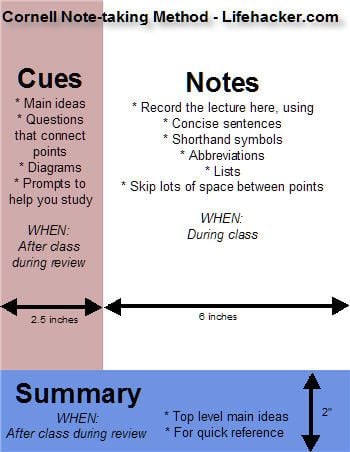Learning Is More Than Information Storage
Note-taking is an art form unique to the writer. It is not necessarily always done to enhance your ability to learn new ideas. But, it is one of the main reasons people take notes today — to learn a new thought or concept – to remember. However, learning involves more than just committing information for storage in the brain. Information is meant to be expanded upon and a stellar note-taking method can help add to the existing body of knowledge available in the world today.
We each have a contribution to make to the world. If you are an avid reader, note-taking can help expand and broaden the ideas covered. You can add to the body of current intellectual knowledge by taking notes and expanding on what exists. Or, if you are a student assigned to remember facts and details, note-taking is a mandatory component of the learning experience.
What Are The Problems Of Conventional Note-Taking Approach?
One of the challenges with traditional forms of note taking is when done on a computer. Although it may seem easier to quickly capture spoken words this way, little, if any, intellectual organization is necessary to record another speaker. However, when we write out notes, we are forced to organize the thoughts in our head and then place them on paper. The format one uses to record information varies, but there are specific types of ways to take notes in ways that help us learn more effectively.
The goal of effective learning is to know the key points of a subject and then broaden the existing base of knowledge through analysis and reflection. Excellent note-taking skills can help this process unfold.
The Cornell Note-Taking Method
Wichita State University recommends the Cornell Note-Taking Method. Divided into three parts, each part is utilized during or after a learning session. It is a great way to commit knowledge to memory. But, it is also an effective method of expanding on the existing body of knowledge.
via Lifehacker
Take a piece of paper and divide it into three parts. The left column is where the questions to be answered are recorded. In other words, the lecture or reading for that day is answering a specific question. That question, and others, can be recorded in this left column to help organize note taking.
Next, the right side of the left column is where key points and bulleted thoughts are recorded. What answers are available for the questions offered on the left? This is where those answers are recorded – on the right-hand side.
Finally, the bottom of the page, shaped like a long rectangle, is where the note-taker summarizes what they learned from that day’s reading or lecture.
The real meat of the learning comes from the bottom of the page. What are that day’s take-aways? What new idea or thought can be added to the existing body of knowledge as a result of this particular lecture or reading? This is how effective learning takes place and knowledge is expanded.
How This Note-Taking Method Contributes To Effective Learning
The act of having to process the information written in order to take the note is important. It is here that more questions can occur and a person’s thought processes are revealed. This is where real learning takes place as a person’s unique and specific though processes are jarred in order to logically record the note. In this way, a person’s analytical skills and creativity specific to their style of thinking shines.
Note-taking could be considered a form of art. The ability to focus on someone speaking while logically recording notes is an organizational skill necessary to the learning process. The Cornell Method of Note-Taking is not just an effective method to record information; it also helps stimulate creativity and produce deeper insights for today’s top-notch scholars.













































